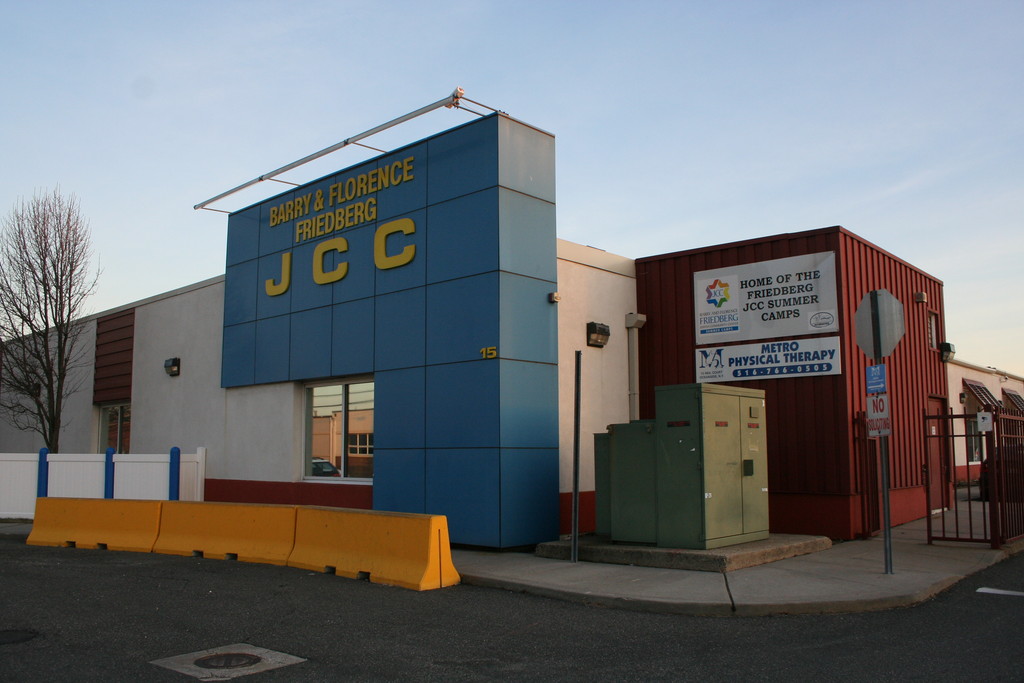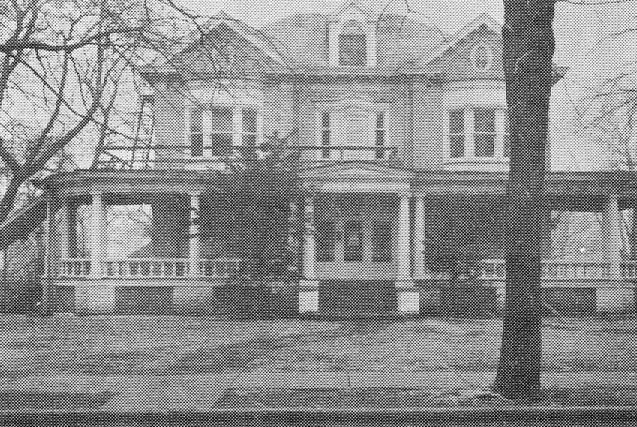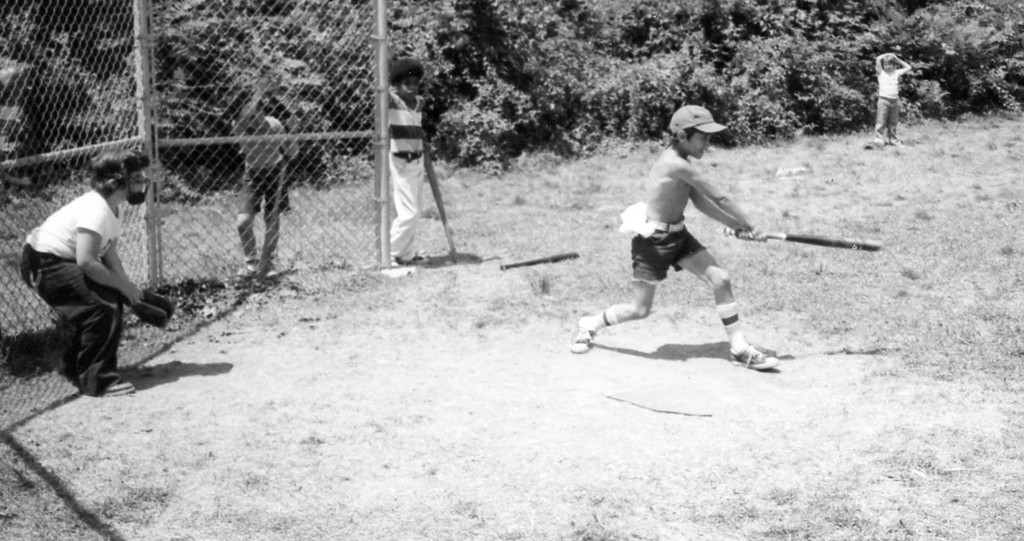Celebrating the history of the JCC
50 years of giving back to the community
Over the past 50 years, many people in Oceanside and the surrounding areas have come to know the Barry and Florence Friedberg Jewish Community Center very well. And this month, the JCC is celebrating its 50th anniversary with a gala event, honoring its past presidents and looking back on 50 years of service to the community.
Many JCCs in New York originally began in the 1800s as settlement houses to help Jewish immigrants adapt to their new country and, in essence, become Americanized. Over time, the houses became gathering places and began to grow into something akin to YMCAs. Eventually they even took on similar names, becoming known as YMHAs, or Young Men’s Hebrew Associations.
The Friedberg JCC was incorporated on March 10, 1961, as the South Shore YMHA, in a small house on Milburn Avenue in Baldwin. It started with about 30 families, each paying $25. The South Shore Y took off, and by the end of the year 100 families were members.
The rapid growth of its membership forced the organization to expand, and in 1966 it purchased the Meadowbrook Bank Building on Merrick Road in Baldwin.
In 1970, a group in Long Beach formed its own YMHA, the Beach YM-YWHA (the YW stood for Young Women). That group started smaller — meeting in one another’s living rooms — until it could afford to rent a small storefront on Long Beach Road. Eventually the Beach Y was forced to expand as well, purchasing the former Masonic Temple on National Boulevard.
And the growth didn’t stop there. The YMHA kept expanding, and in 1985 it leased space from the Oceanside School District in the old high school on Castleton Court, which is now the district’s full-time kindergarten center.
“The intent at that point was that we would build a brand new JCC on adjacent land,” said Arnie Preminger, the current president and CEO of the Friedberg JCC. Preminger has been working with the JCC for nearly 27 years, starting as executive director of the Beach Y in 1984. “So what the district basically did was, they leased us their building but sold us the land next door.”

 51.0°,
Overcast
51.0°,
Overcast 









